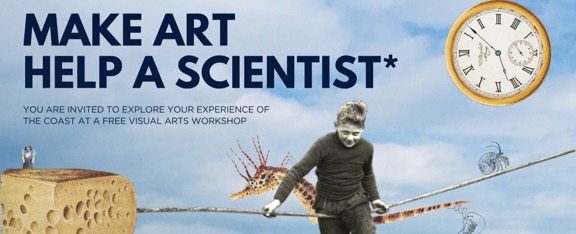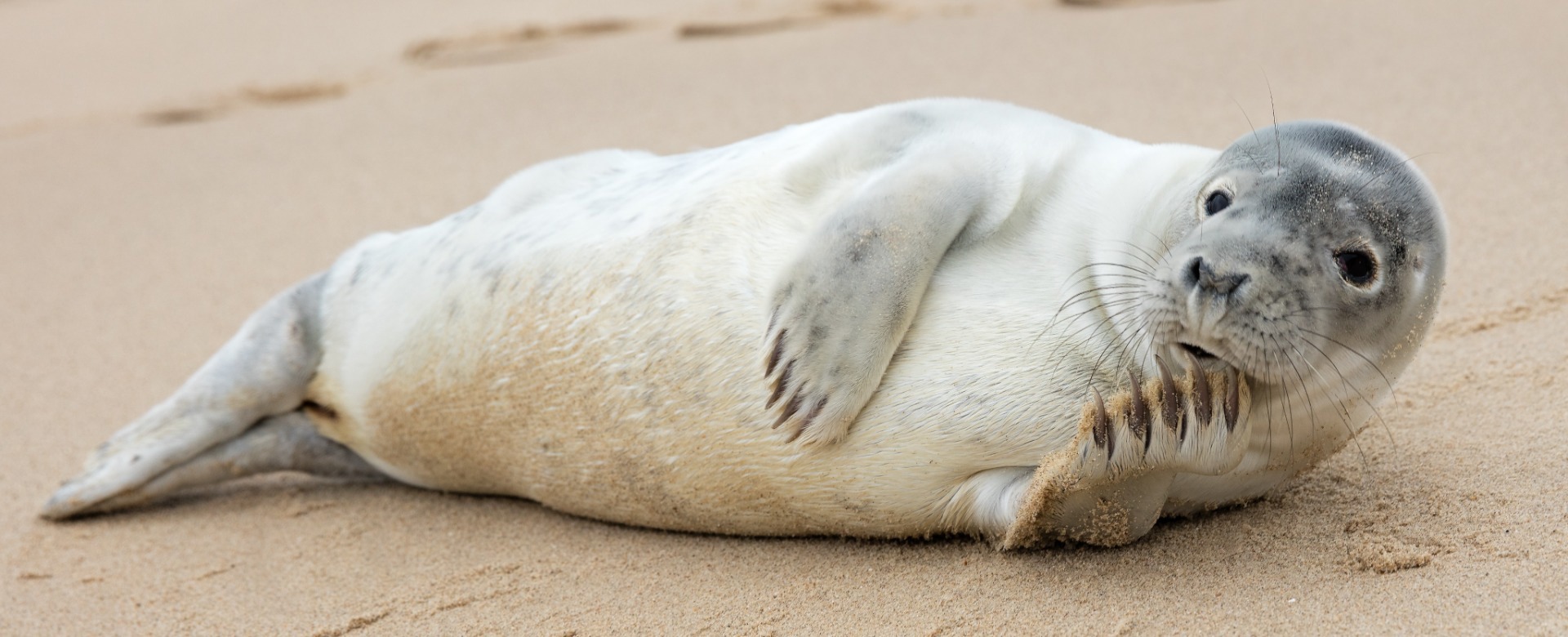
20th Nov 2024 | environmental sustainability
Cultural Ecosystem Services
Taking an arts based approach to determine the benefits of Cultural Ecosystem Services
Learn More

Rachael Gallagher | 1st Oct 2024
ERC are working on on a contract to demonstrate how arts-based approaches can be used to assess Cultural Ecosystem Services (CES) and how these can best be combined with economic data and communicated to decision makers. The work is contracted by Cefas and falls under Seascape II which informs the marine Natural Capital and Ecosystem Assessment (mNCEA) programme funded by Defra, and will contribute to the UK government’s policy and decision making for marine and coastal environments.
The work is focussed on the East Inshore Marine area, which covers 6,000 square kilometres of sea and stretches from mean high water springs to 12 nautical miles offshore along the coastline between Flamborough Head and Felixstowe.
Firstly we will apply an arts-based data collection method to assess the benefits provided by cultural ecosystem services in the East Inshore Marine Plan area that cover. Working with Wild Pear we will produce qualitative data on the value of Cultural Ecosystem Services through art-based activies with local communities. We will evaluate the process and determine the success and weaknesses of the approaches and any best practice that can be learned.
We will also determine how best to embed Cultural Ecosystem Services and their value into marine decision-making. It will provide guidance on how to combine and communicate qualitative value using evidence collected through arts-based approaches with quantitative values with evidence collected through economic methods. This work package will use the outcomes and outputs of the data collection undertaken for work package 1 and review other existing work, with the objective of better understanding the broad range of influencing factors on sense of place and how this can be influenced by the benefits of Cultural Ecosystem Services. The output will be a guidance report on how to combine and communicate qualitative evidence collected through arts-based approaches with quantitative evidence collected through economic methods.
Watch this space to see how the art events unfold!

20th Nov 2024 | environmental sustainability
Taking an arts based approach to determine the benefits of Cultural Ecosystem Services
Learn More

16th Apr 2025 | environmental education
Find out the results of a public survey on what people think of the Solent's habitats and species.
Learn More

16th Apr 2025 | environmental education
Evolved Research and Consulting produced a report on behalf of Natural England on a review of the Education Access (EA) option in England. The full report is now available via the Defra website.
Learn More

22nd May 2025 | iczm
The next phase of workshops to help produce the Solent Seascape Nature Recovery Plan are taking place in June 2025
Learn More

30th Jul 2025 | environmental sustainability
ERC worked with Resources for Change on a review of Esmée Fairbairn Foundation's Freshwater Strategy, this review has now been published including how Esmee intend to take forward the recommendations
Learn More

31st Jul 2025 | environmental education
As part of a contract on ALDFG in Sri Lanka ERC organised an outreach campaign to raise
awareness on the effect of ALDFG and mismanagement of end-of-life fishing gear
(EOLFG) on the marine environment.
Learn More